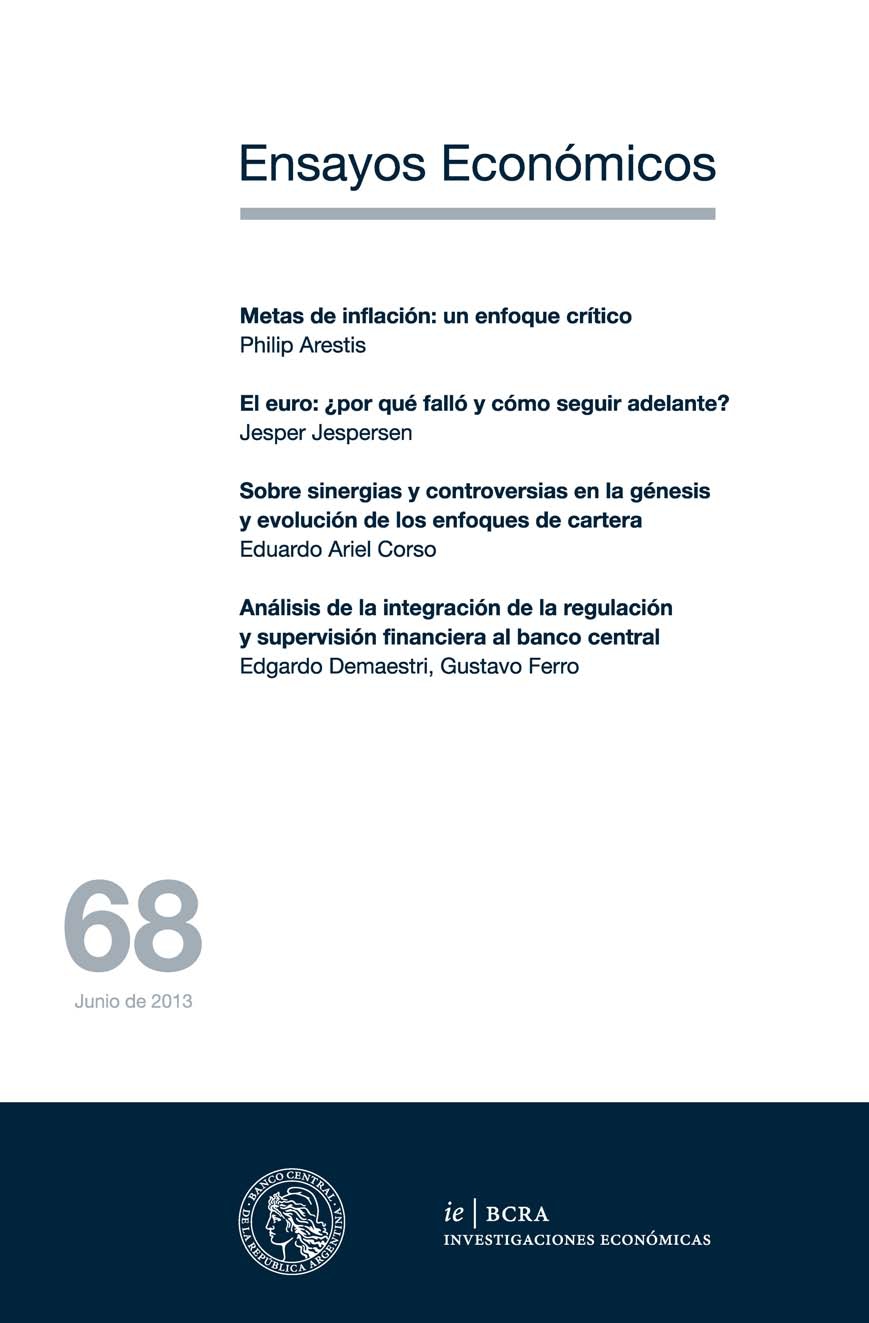The Euro: Why it Went Wrong and How to get On?
Keywords:
Balance Of Payments, European Monetary Union (EMU), Foreign Debt, Optimal Currency Area, Public Debt, UnemploymentAbstract
The lesson from the past is tough, but undeniable: All currency unions that were not anchored in state like political structures were wrecked sooner or later. this became the outcome when the economic development of participating countries began to drift apart, and the internal contradictions between the different countries tightened. A prolonged period with a deficit on the current account of the balance of payment is usually characterized by a continuous loss of jobs and rising unemployment at a later stage. The longer the deficit countries stay within the monetary union and have to accept growing foreign indebtedness the more they feel that the monetary union represents a straitjacket, which eventually will develop into a financial crisis. Originally the political and economic foundation of the EU was ‘peace and democracy’. today the project seems to have deteriorated into only economic considerations. there is a risk that this deadlock could deteriorate the European integration process in such a way, that it no longer is a matter of ‘how to save the euro’, but of ‘how to save the EU’ from falling apart. those who claim that the EU will go with a (partial) dissolution of the euro have not understood what the real challenge to Europe is: how to reorganize monetary cooperation within the EU in such a way that the process of disintegration is brought to a stop. this would require some kind of dismantling the rigid fiscal compact and to create a fixed, but flexible currency system.
JEL classification: E42 ; F33 ; F42 ; G01




